 Defence Science & Technology
Defence Science & Technology
Defence Science and Technology and the SAF
Singapore is a small state that faces limitations in resources like land and manpower, as well as a lack of strategic depth. Our security environment is also unpredictable. We face a breadth of security threats including terrorism, cyberattacks, resource contamination, biological and chemical attacks to both military and civilian targets. In order to overcome the challenges of operating in such an environment, the SAF leverages heavily on technology as a force multiplier.
Developing Defence Science and Technology
Meeting the Challenges of Tomorrow
“…not just organisations, but organisations, people and scientific and technical expertise united in a common mission – to provide the best possible technological support to help make the best possible SAF.”
– Mr Lim Siong Guan,
Former Permanent Secretary (Defence)
What started out as a section of three engineers in the Logistics Department in 1966 has grown into a 5,000-strong community comprised of scientists and engineers in the Singapore Armed Forces (SAF) and Defence Technology Community (DTC). Over the years, we have built expertise in various fields of knowledge.
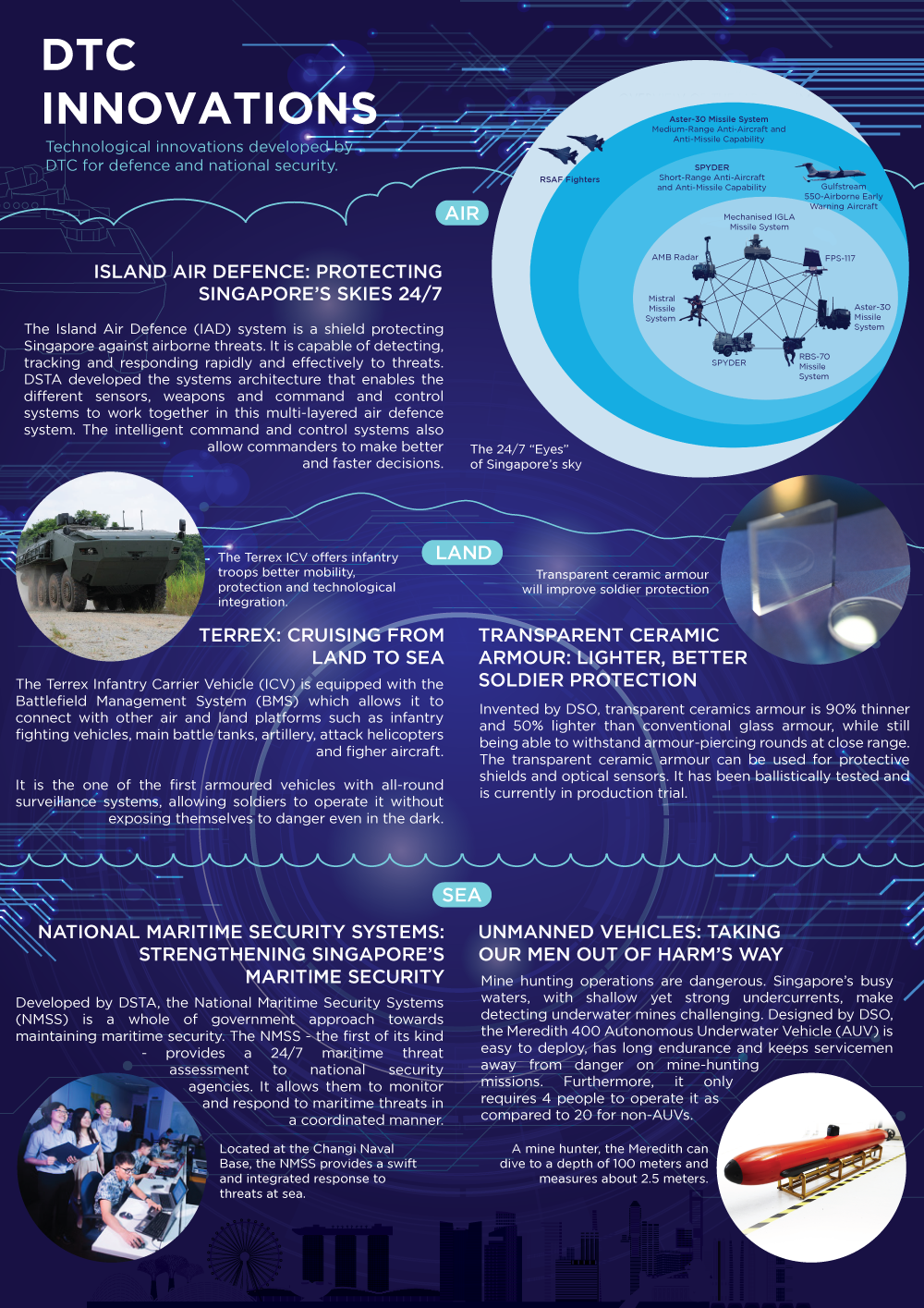
The Defence Technology Community (DTC) comprises several entities within MINDEF – Future Systems & Technology Directorate (FSTD), Technology Strategy & Policy Office (TSPO), Industry & Resources Policy Office (IRPO) and Defence Technology Collaboration Office (DTCO) – as well as Defence Science and Technology Agency (DSTA) DSO National Laboratories and Centre for Strategic Infocomm Technologies (CSIT). The DTC continually evolves to better exploit advancements in technology, respond to changing threats, and support the needs of the SAF.
- FSTD is responsible for master-planning and managing the research and technology requirements of MINDEF/SAF.
- TSPO develops technology policies, capability development roadmaps, and conducts long-term planning for the DTC. They are also in charge of working on the DTC ecosystem to optimise defence technology resources and capabilities for MINDEF/SAF.
- IRPO is charged with overseeing the local defence industry, MINDEF land use, logistics, technology security, defence exports, and procurement.
- DTCO is responsible for strategising and implementing policies and plans for defence technology-related engagements with local research institutions and international partners on behalf of the DTC.
- DSTA is a statutory board set up under MINDEF. It implements defence technology plans, acquires defence material and develops defence infrastructure for MINDEF. DSTA provides leading-edge technological solutions to the SAF by tapping the best technologies and fostering an environment of creativity and innovation for defence applications. It also builds up a strong community of engineers and scientists from universities, research institutes, government and industry to serve the defence needs of the nation.
- DSO is Singapore’s largest defence research and development organisation. It is charged with the critical mission of developing technological solutions to sharpen the cutting edge of Singapore’s national security.
- CSIT is a technical agency in MINDEF that harnesses cutting-edge digital technologies to support missions such as cyber defence, counter terrorism and counter hostile information operations. It develops capabilities and conducts deep technical investigations to provide threat intelligence to meet Singapore’s security needs.
- Within the SAF, a group of Military Expert Engineers [see: Military Domain Experts Scheme (MDES)] complements the DTC with their deep expertise in their military domains, across various vocations such as Army Engineers, Naval Warfare System Engineers, Air Force Engineers, amongst others. They work together with Officers, Warrant Officers and Specialists to create an integrated fighting force.
DTC, MINDEF and the SAF’s Approach towards Capability Development
“DTC is the Secret-Edge weapon of the SAF”
– Dr Ng Eng Hen, Minister for Defence
Ops-Tech Integration
The DTC and SAF adopt a holistic approach to capability development, where new operational and technological concepts are formulated “hand-in-glove”. Engineers often join soldiers to understand what operators face in the field. This reflects how the journey of the DTC has paralleled that of the SAF, from being mainly a buyer of military hardware to a co-developer of systems capabilities.
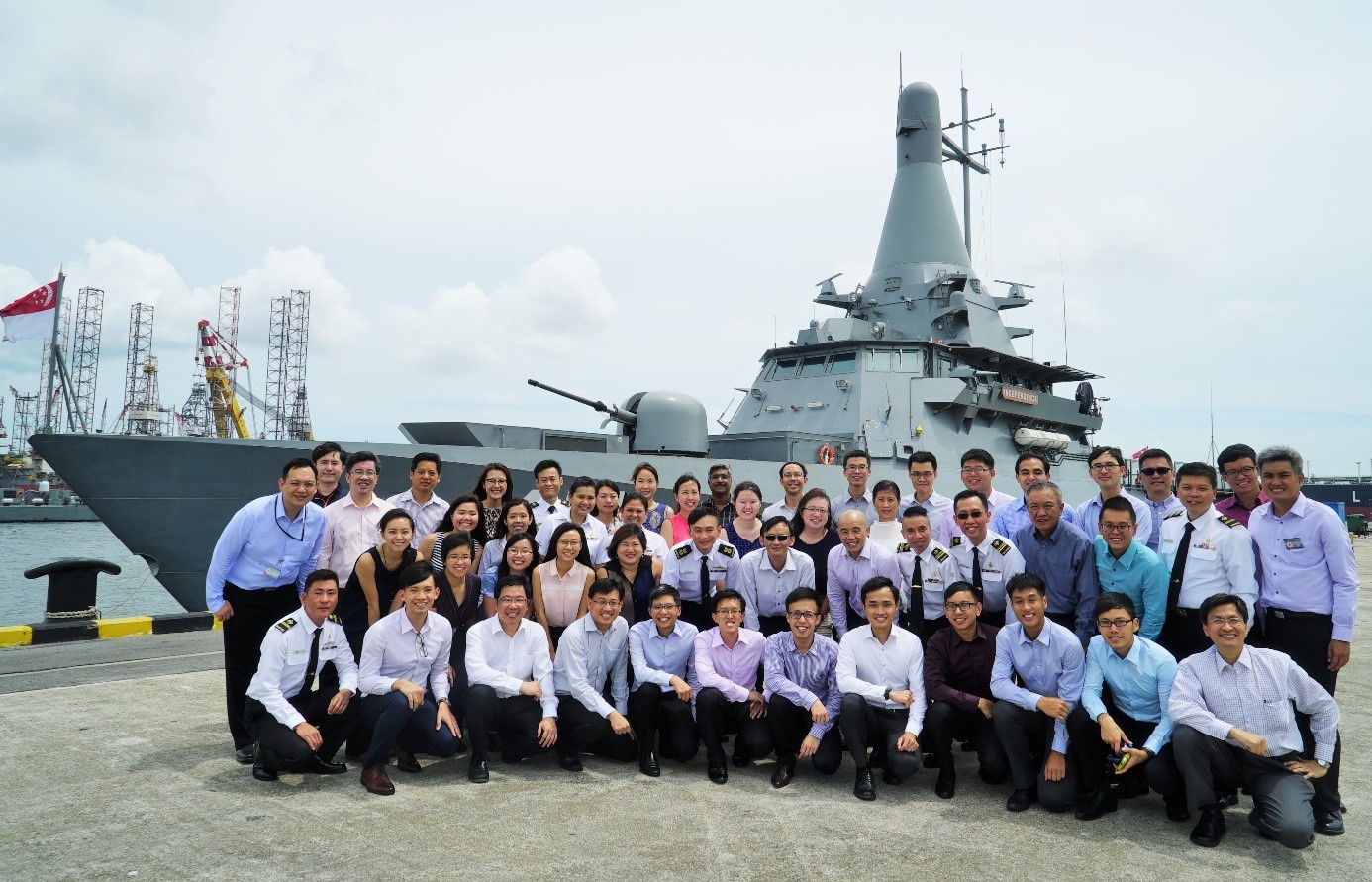
The Littoral Mission Vessel was designed and built with close collaboration between the RSN, DTC, and ST Engineering
Concepts to Capabilities
The first step in realising the Next Generation SAF is to formulate the “big picture” of defence capabilities before new defence equipment is acquired. Today, MINDEF and DTC have a codified approach to long-term planning to facilitate the translation of new concepts in defence into capabilities, including System of Systems (SoS) capabilities. This includes strategic planning and the formulation of concepts and master plans.
MINDEF’s Long-Term Planning Process

Meeting unique requirements - Adapt “off-the-shelf” technology and indigenously develop others
“We must develop indigenously … technological edge. And this has to be developed secretly – in strict secrecy – so that nobody knows the kinds of defence-related technology and capability that we have developed”
– Mr S.R. Nathan, former President of Singapore
To meet the SAF’s unique requirements to operate in our challenging environment, the DTC develops indigenous capabilities in various technologies such as robotics, and tailors solutions by integrating such indigenous capabilities with the equipment and systems that we acquire. The Littoral Mission Vessel and Next Generation Armoured Fighting Vehicle (AFV) are examples of capabilities that we have designed and developed to meet our unique needs. This enables the SAF to maintain its fighting edge as a technologically advanced fighting force.
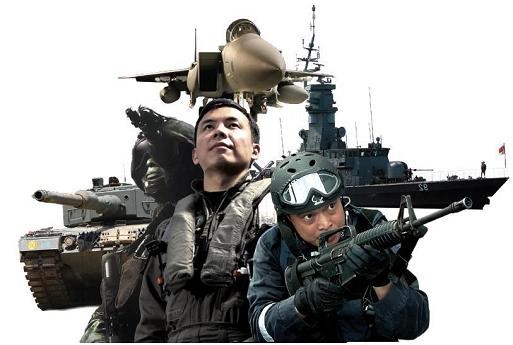
Defence Capability Management (DCM)
To optimise limited resources while providing the SAF with a capability edge, MINDEF adopts a multi-pronged approach to acquire, develop and sustain our defence capabilities. This is achieved through the Defence Capability Management (DCM) framework, which is divided into three phases: Capability Development Planning, Capability Delivery and Capability Sustainment. The systematic and coordinated management process, with clear demarcation of responsibilities by relevant parties and well-defined decision points. This ensures that all stakeholders are integrated and coordinated. That would in turn allow MINDEF/ SAF to stretch every dollar, and only spending on what is necessary.
Defence Capability Management

More information about the robust acquisition process that undergirds how we evaluate our defence procurements can be found at Defence Procurement.
The Defence Technology Ecosystem
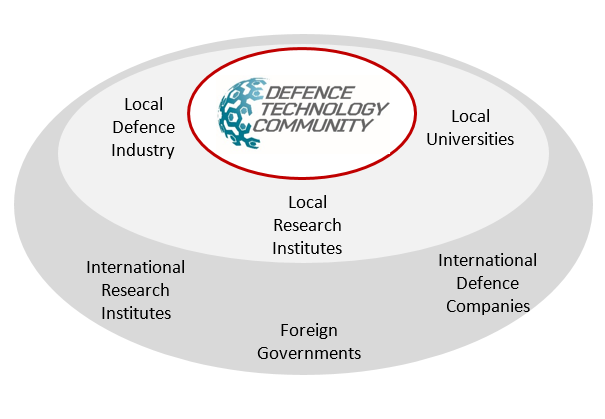
Beyond the DTC, there is a larger ecosystem that includes local industry such as ST Engineering companies, local research institutes like Temasek Labs, and foreign partners including foreign governments, international research institutes, and international defence companies. Collaborations help us to overcome our constraints and maximise returns on our capability development. In addition, it advances our defence diplomacy and relations, and helps us gain access to technology, training, and test facilities.
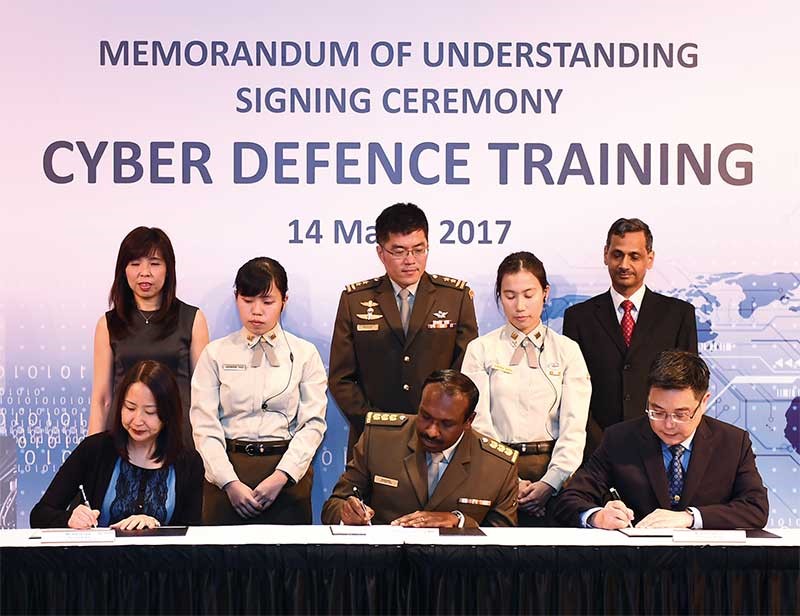
Collaborations such as the Memorandum of understanding on Cyber Defence Training between the SAF, ST Electronics and Nanyang Polytechnic enhance MINDEF/SAF’s Defence Technology capabilities.
One way that we help to grow companies in our defence and security ecosystem is through Cap Vista Pte Ltd. Cap Vista is the strategic investment arm of DSTA. It provides equity-related or project-linked financing to start-ups with innovative technologies that can serve the defence and security needs of Singapore. Beyond investment capital, Cap Vista provides strategic and technical advice to help start-ups maximise their opportunity for success. Companies seeking to develop their business in the Asian defence and security market can submit their business plan here.
DTC’s Contributions Beyond Defence
“The DTC has the privilege of being at the exciting forefront of technology, and leveraging it to secure our homeland and solve Singapore’s unique problems.”
– Dr Tony Tan, former President of Singapore
Our engineering competencies also have applications beyond defence. Over the years, the DTC has provided technical support to other government agencies.
For example, during the 2003 SARS outbreak, the DTC, working with ST Electronics, assisted the Ministry of Health by producing the Contact Track and Trace system and Hospital Movement Tracking System based on radio frequency identification technology. DTC also exploited thermal imaging sensor technologies to develop the Infrared Fever Screening System.
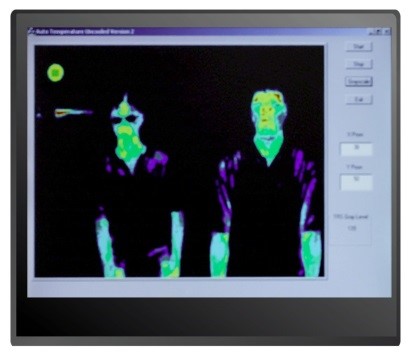
Infrared Fever Screening System in operation at Changi Airport
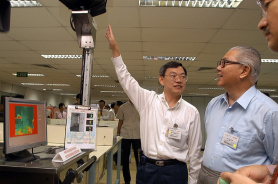
Former President Tony Tan viewing the Infrared Fever Screening System
Another example of our contributions is the designing and building of the iconic Marina Bay Floating Platform to host large-scale events such as the National Day Parade. More recently in 2016, DSTA and DSO engineers assisted the Land Transport Authority to identify a rogue Circle Line train which had faulty signalling hardware that caused service disruptions to fail over several days.
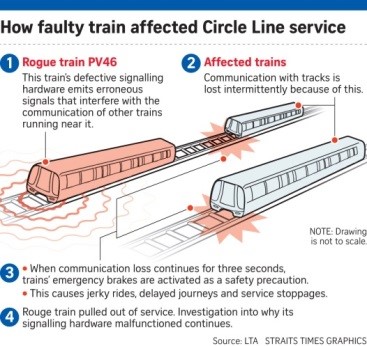
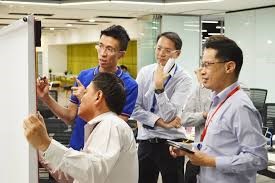
“Meet the defence engineers who cracked the mysterious Circle Line”, Straits Times, 16 Nov 2016
Join us!
If you are looking for a fulfilling and meaningful career, join DSTA, DSO, CSIT and MINDEF/SAF as a Military Expert to make an impact on the defence and security of the nation.
Students are welcome to apply for the PSC Scholarship (Engineering) – Defence and Security, SAF Engineering Scholarship, and/or the DSTA Scholarship which offer opportunities at the forefront of science and technology.
